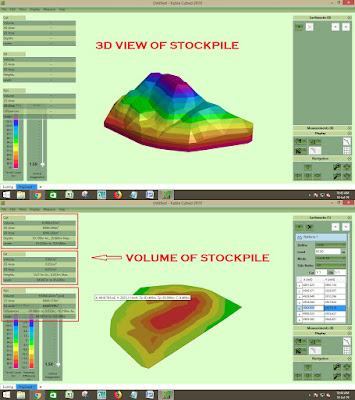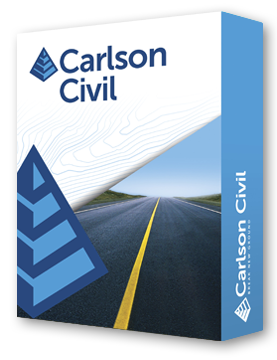

The biggest thing is that while you can do many of the same things in C3D, there are a lot more steps to do it. It can import significantly more file formats natively from most survey and machine control manufacturers. The survey adjustment routines are more robust and flexible including ALTA reports. You can also set it up to automatically write descriptions for you. It builds in chains and links and other units. It'll also write to a file that can be loaded later and do survey comps as you draw. You can do any type of line, curve, combo all in one command, tangent, not tangent whatever. Same with point creation from simple objects, etc for construction.ĭeed building is another one, much easier in Carlson. I've never used Microstation in anger, so I can't comment on its value, but apparently it's the draughting tool of choice for TDOT.The surface editing, merging, and creation features are much more comprehensive in Carlson as are the field to finish routines.
#TERRAMODEL TRIAL SOFTWARE#
AutoCAD has plenty of bolt-on software and can probably match Terramodel's functionality. I can't say that I have many complaints about Terramodel, and even if I could highlight one, the chance is it's been fixed in later versions.įor subdivision design, I would consider Terramodel superior to AutoCAD, but I've hardly used AutoCAD in my career, and that was both long ago (2000) and not for residential subdivision design. We use Terramodel version 9.6, which is a long way from the most recent version. I don't edit input files and I don't know what MX software is. The transportation guys use much more of Terramodel's functionality than we do in residential. Our transportation department used to use it, before TDOT decreed that Microstation be used for all their projects. I work in residential subdivision design and use Terramodel to perform things like contour drawing off DTM, road points generation and sewer design. We use an Excel spreadsheet to analyze our interceptor-catch basin capacities with a K-factor interpolated from a nomograph provided in a Neenah Inlet Grate Capacities for Gutter Flow and Ponded Water publication (dated 1987!) RE: Designing subdivision intersections johnhan76 (Civil/Environmental) (The K-factor is based on geometry of the grate.) If not, I can probably point you to some downloads.
#TERRAMODEL TRIAL MANUAL#
Your local storm water manual should provide equations for doing this, based on a K-factor for the grate, which should be provided by the manufacturer.

I would specify the TOG elevations as for superelevating the minor road and analyze the catch basin capacities as interceptors, not sumps. Specifying equal TOG elevations in this case could lead to a bumpy ride across the intersection for those on the major road. If your major road is sloping at 5%, however, the difference in elevation would be 1.20 ft. Be careful with your TOG elevations: we usually specify for them to be equal on both sides of the road.ĭepending on the slope of the major road, the difference in elevation across a 24' wide road can potentially be very minor (0.25 ft for 1%).

The contractor will then grade the road so that you get drainage to your catch basin. You need to specify a Top of Grate (TOG) elevation on your catch basins, and your catch basins should go in before the subgrade is graded to your road elevations. I wouldn't do it that way, because an experienced contractor probably would remove the crown to match the minor road to the major road's crown anyway. RE: Designing subdivision intersections johnhan76 (Civil/Environmental) If you're concerned, you can specify spot-elevations on the corners to essentially remove the crown of the stop-road at the intersection. (The danger of unintentional low points is when the stop-road comes in at a downhill slope to the intersection and the crown of the stop-road leaves a pocket at the intersection.) Contractors are usually good at adjusting grades in field to eliminate low points in corners and make sure that the road drains correctly.

Be certain not to leave the possibility for low-points in the corners if there are no catch basins there. Now the trick is to ask yourself where you want the water to go, and to grade the corners accordingly. Make certain that your CL elevations match on both roads. This would be the second option you stated. 14' for a 28' back of curb to back of curb). Your stop road profile should begin at -3% (or whatever your crown slope is) for the width of the control road (e.g. Draw the CL of the stop road to the CL of the control road, but don't forget your crown.


 0 kommentar(er)
0 kommentar(er)
